During this post, we'll uncover the wonders of composting – from the breakdown of once-living matter to the creation of nutrient-rich soil gold. We’ll explore the role of oxygen, the carbon-nitrogen balance, and the fascinating process that turns simple materials into a thriving ecosystem for your plants.
Everything that was once living, everywhere on the planet, is decomposed, i.e. broken down into simpler organic or inorganic matter such as carbon dioxide, water, simple sugars and mineral salts, in order that these constituent elements can be used again by other organisms. Composting is the process of encouraging this decomposition of organic material to create a dark brown, earthy, crumbly material referred to as compost. When added to soil, compost provides essential nutrients plants require, helps to store these nutrients and vastly improves the structure of the soil helping with both its porosity and water retention
To make compost is very simple, we just pile organic matter up in a designated area and eventually it will decompose and viola – compost! This process can take up to a year if not longer, depending on the material in the pile, how much moisture is in the material and how much air (oxygen) there is within the pile. However, by using specific organic materials in your pile with just enough water and oxygen between the layers, it’s possible to accelerate the decomposition process and make a very high quality compost within just three weeks.
One of the main differences between a pile of organic matter that decomposes slowly (and often smells pretty bad) and a pile of organic matter that decomposes quickly is the presence of oxygen within the pile, and that there is a correct ratio of carbon/nitrogen within the organic matter.
Oxygen levels
When oxygen is present, aerobic microbes and invertebrates will be busy decomposing the organic matter. In environments without oxygen, only anaerobic organisms can survive. Aerobic organisms are much more abundant and efficient than anaerobic organisms, with anaerobes decomposing material at a much slower rate.

Carbon/nitrogen ratio
Carbon (C) and nitrogen (N) are elements that can be found in organic materials. Microbes use carbon for energy and nitrogen for protein production. For the most efficient processing of organic matter to compost, the microbes require 30 parts carbon to 1 part nitrogen and if the microbes can find this balance they will be very active. In fact, the high activity of these numerous organisms breaking down organic matter will cause the temperature to rise in a compost pile (much the same way as the temperature in crowded nightclub or gig will rise). When the temperature hits a certain point, thermophilic (quite literally means heat loving) bacteria will be triggered and further accelerate the decomposition of the material and increase the temperature further. It’s quite normal for a compost pile to reach 55-60 degrees celsius within a few days. Interestingly, thermophilic bacteria are some of the oldest organisms on the planet and are ubiquitous but dormant in the absence of heat.
The key advantage of the thermophilic bacteria when composting is that the high temperatures they create kill any plant pathogens and pests that may be in the pile, destroy weed seeds and even kill pathogens and parasitic worms that are harmful to humans. All the organisms that cause human diseases are adapted to live around human body temperature, (normal 36.5-37.5°C (97.7–99.5°F) maximum 44 °C - 46.5 °C (111.2 °F - 115.7 °F) and higher temperatures will kill them. Compost that stays at 50°C (122°F) for at least 24 hours will be safe to use to grow food. A temperature of 46°C (115°F) will kill pathogens within a week, 62°C (143.6°F) will kill pathogens in one hour.
Pile size, shape and location
The size of the pile should be big enough to retain the heat that is generated during the process. A 1.3m3 pile is probably the minimum it should be and generally speaking, the larger the better. Dome shapes retain temperature most efficiently with less surface area to internal volume, but I find rectangles also work really well.
I prefer to locate my compost piles where we will need the material and will often build a pile in an area that will be used for planting up later that season or the following season. Once the location is selected, the first stage is to slash all existing vegetation to ground level, broad fork the area and soak it thoroughly with water if it is dry.
For large scale compost making, it’s best to create rows of compost piles on a hard surface for easy mixing with front loading tractors.
Making hot compost
Hot compost is one of many methods of composting that we regularly use. It involves creating the ideal conditions for the microbes to feed and breed so that they process the material very quickly. For the best performance, the composting microorganisms require the correct proportion of carbon for energy and nitrogen for protein production. They also need moisture and oxygen. This can be provided by piling carbon and nitrogen rich organic materials in alternating layers whilst soaking the dry material with water as we go, making sure to keep the pile light and fluffy to allow good air circulation (oxygen supply).
The ratio of carbon to nitrogen material required to create optimum conditions for the microbes is an exact science, and lots of scientific research can be found on the internet about this. Microorganisms that digest compost need about 30 parts of carbon for every part of nitrogen they consume. That's a balanced diet for them. If there's too much nitrogen, the microorganisms can't use it all, and the excess is lost in the form of smelly ammonia gas. Nitrogen loss due to excess nitrogen in the pile (a low C:N ratio) can be over 60%. At a C:N ratio of 30 or 35 to 1, only one half of one percent of the nitrogen will be lost. That's why we don't want too much nitrogen (fresh manure, for example) in your compost: the nitrogen will be lost to the atmosphere in the form of ammonia gas, and nitrogen is too valuable for plants to allow it to escape into the atmosphere.
The below lists the C:N ratio of some common compostable materials.
A simpler way to think about how to get the C:N ratio right is to aim for 2 parts brown to 1 part green ingredients in your compost. The materials containing high amounts of carbon are considered ‘browns’, e.g. cardboard, straw, paper and herbaceous perennial stalks from the previous season. The materials containing high amounts of nitrogen are considered ‘greens’, e.g. manure, fresh hay, seaweed, urine and algae. You don’t need to worry too much about this ratio, and I recommend just building a pile as described below and seeing what happens. You will soon learn what ratio of materials work well together.
Want to learn more about Regenerative Landscape Design? Join The Bloom Room!
The Bloom Room is designed to create a space for more in-depth learning, for sharing projects and ideas, for seeking advice and discovering opportunities.
Ultimately, it aims to build a more intimate, interactive, and actionable relationship between members, a way for the Bloom Room community to support each other’s projects and learning journeys, and to encourage and facilitate the design, build, and management of more regenerative landscapes across our planet.
What you can expect as a member of the Bloom Room
As a member of the Bloom Room you can expect;
Access to an interactive forum where you can ask questions, direct what type of content you would like to see as well as share your own content and projects.
Monthly live session featuring general Q&A and tutorials on design software for creating and presenting polycultures.
Live session every month for members to showcase your projects, plans, designs, and gardens, with guest speakers from the community.
Full Access to all of the content on Substack
A 50% discounts on all of our online courses
Future opportunities to join our Global Regenerative Landscape Design and Consultancy Service, with potential roles for those with the will and skill to join our design team.
An opportunity to take part in the group ownership of a Regenerative Landscape. You will find more details on that here.
Become a paid subscriber to our Substack to join. The annual subscription is currently $70 and the monthly subscription is $7 (monthly subscription excludes discounts for products and services) . You can join here, we look forward to meeting you!
How we make our compost
Green and brown materials we use for our compost piles
Fresh cut grass and herbs - green
Paulownia leaves - green
Comfrey leaves - green
Pond algae - green
Fresh cow manure, sheep manure, horse manure (any manure will do) - green
Rabbit droppings - green
Straw - brown
Sawdust - brown
Perennial weed stalks cut down from the previous winter and thoroughly dried - brown
Soaked, shredded cardboard - brown
You do not have to use so many different materials and straw, fresh cut grass or weeds and manure of any kind will do. I like to include a lot of variety based on an assumption that the more diverse your materials are the more diverse the microbe population will be and the more efficiently they will decompose the material.
Hot compost making workflow
Get your materials all together in the area you will build the pile and have a good supply of water available.
Begin by soaking the straw and sawdust and any other dry material you may be using.
Clear the area from existing vegetation and de-compact the soil, soaking well if dry. The base area should be at least 1.3m2.
Start with a layer of damp straw approx. 20cm thick and then add a layer of freshly cut grass or weeds (20cm thick), a fine sprinkling of wet sawdust, a layer of cow manure, sticks, straw, old sheep manure and wet sawdust, and then continue with this layering until you have got the pile the right size.
Layer by layer, insert a fork into the pile and pull the material towards the outer edge. This is to create adequate oxygen.
When the pile is approx 1.3-1.5m high it’s ready. The pile should be light and fluffy and a little bit bouncy.
To accelerate the decomposition, provide more oxygen by turning the pile after three or four days and working the material that was on the outside to the inside and add more moisture if needed. Turn again after 2-3 days and then again after another 2-3 days, and then leave to sit for a week. The pile will be getting smaller all the time and when it is ready it will be around 1/3 - 1/4 of its original size.
Put the material through a sieve if you would like a fine tilth potting compost.
You do not need to turn the pile and we’ll often just build a pile in the spring or summer and leave it where it is until the autumn when we are ready to plant out, at which point we spread the material around the area and plant into it. Turning the pile is only useful when in a rush for the compost.
Regenerative Landscape Design - Online Interactive Course
Want to learn how to design, build and manage regenerative landscapes? Join us on our Regenerative Landscape Design - Online Interactive Course. We look forward to providing you with the confidence, inspiration, and opportunity to design, build and manage regenerative landscapes, gardens, and farms that produce food and other resources for humans while enhancing biodiversity.
You can find the course details here and at the moment we have a $300 ( 20%) discount for full enrollment to the course. Just use RLD2024 in the promo code section of the registration form to receive your discount.
Advantages and disadvantages of hot composting
Advantages:
Finished compost in a matter of weeks (subject to weather conditions)
Higher nutrient content due to less leaching of nutrients
Weed tubers, rhizomes and seeds are destroyed in the high temperatures
Plant pathogens are destroyed when the pile reaches 55 °C and above.
Disadvantages:
A big effort required, especially if you are making the pile alone
Large amounts of organic matter are required all at once.
Things to consider when building hot compost piles
Finely shredding the carbon rich ingredients such as fallen leaves, hay, straw, paper and cardboard will help considerably. Shredding increases the surface area that the compost microbes have to work on and provides a more even distribution of air and moisture among the material.
Build the compost pile where you want the compost to be so when it is ready all you have to do is spread it out.
Choose a spell of warm weather if possible and cover the pile if heavy rain is expected.
If you have permanent areas in your garden where you make compost, plant out mineral repositors around the area to make the most of the nutrients that will inevitably leach from the pile.
Making compost with a group is a great group activity and we usually include making compost piles during our courses. People really enjoy the hands-on activity, experiencing a process from start to finish, and observing the heat building up the day after. With all of the material and tools on site and a source of water available we will usually build a 1.5 m3 pile within an hour and a half.
Composting without manure
It’s entirely possible to create hot compost without using manure and probably the best example I have seen of this is with ramial woodchip (a type of woodchip made solely from small to medium-sized fresh branches). I used to work as an arborist and pretty much every day we would fill our vehicles with chipped branches and trimmings from hedges.
We’d usually tip the material at farms or municipal sites at the end of the day ready for work the next day but sometimes we’d be late and would have the material on the van overnight. On a cold morning the steam could be seen rising from the pile, the hot air from the decomposing chips mixing with cooler air. On one occasion I went on holiday for a week before tipping off and when I returned I noticed that the pile had shrunk by at least 1/3. When we did tip off there was a beautiful compost already forming within the pile, with most of the material in the centre coated with a soft white substance (probably actinomycetes, a mycelial bacteria).
The low diameter pruning from the trees rich in cambial tissue, along with the trimmings and leaves from the hedges contains the perfect C:N ratio providing the optimal conditions for the microbes.
Compost as habitat
When you make your own compost, you are in effect breeding trillions upon trillions of tiny lifeforms commonly known as microbes. The microbes feast on the piled up organic matter you provide for them and then the microbes themselves provide meals for a range of other invertebrates such as beetles, centipedes and earthworms that in turn provide food for birds and mammals. At each trophic level, nutrient laden excrement is distributed throughout the material making the end product even more nutrient dense for plants.
A word on humus and compost
These terms are used often, yet the meaning of them and differences between them are generally not very well understood so I hope this will provide some clarity.
Compost - compost is the intentional accumulation and placement of organic matter, the aim being to accelerate the decaying process. The intentional part is important. Dead stuff on the ground is NOT compost, just decaying organic matter. It is the controlled, or semi-controlled conditions that make it compost.
Compost, even if mature, is still breaking down and supplying nutrients. When applied in your garden it has the immediate effect of adding nutrients available to plants and bacterial components that contribute to a healthy soil food web. As the seasons progress and decay continues, it eventually converts to humus.
Humus - humus is supposed to be a stable organic component, the result of the decay of organic matter whether that be natural decay or, as we see above, decay during composting.
Humus being stable cannot be penetrated by microbes and is greatly resistant to further decomposition. Thus stable humus adds few readily available nutrients to the soil, but plays an essential part in forming healthy soil by:
Improving soil structure (and texture)
Remarkable water retentive properties that help to store water in the soil
High cation exchange capacity (CEC), which means it acts as a storehouse for plant nutrients not allowing them to wash away (leach) from the soil with the water passing through the soil. The high CEC of humus is why it is regarded as being fertile.
There is some debate regarding the existence of humus at all, although the existence of humic substances is generally accepted by most people. I have not looked too closely at the debate, but whether humus exists or not there is no need to worry as it's still super easy to build great soil.
Add plenty of organic matter to the soil via chop and drop mulching, manures and composts.
Keep soils inhabited with diverse communities of living plants and mow and prune these plants to encourage root shed that add to the soil organic matter.
Avoid any compaction to the soils you are cultivating - by foot or machine.
Keep soils well hydrated - like a moist sponge is perfect.
Don't use ‘icides’.
Support Our Project
If you appreciate the work we are doing you can show your support in several ways.
Become a member of the Bloom Room. A $70 annual or $7 per month subscription to our Substack provides you with access to live sessions, design tutorials, a members forum and more, see details here.
Make a purchase of plants or seeds from our Nursery or Online Store
Joining us for one of our Practical Courses or Online Courses
Comment, like, and share our content on social media.
If you appreciate the work we are doing you can show your support in several ways.
Become a member of the Bloom Room. A $70 annual or $7 per month subscription to our Substack provides you with access to live sessions, design tutorials, a members forum and more, see details here.
Make a purchase of plants or seeds from our Nursery or Online Store
Joining us for one of our Practical Courses or Online Courses
Comment, like, and share our content on social media.
We offer a diversity of plants and seeds for permaculture, forest gardens, and regenerative landscapes including a range of fruit and nut cultivars. We Deliver all over Europe from Nov - March. - Give a happy plant a happy home :)
Welcome to our Online Store where you can find Forest Garden/ Permaculture plants, seeds, bulbs, and Polyculture multi-packs along with digital goods and services such as Online Courses, Webinars and eBooks. We hope you enjoy the store and find something you like. It's your purchases that keep our Project going.
You can also find our full list of trees. shrubs and herbs for forest gardens on our nursery website.

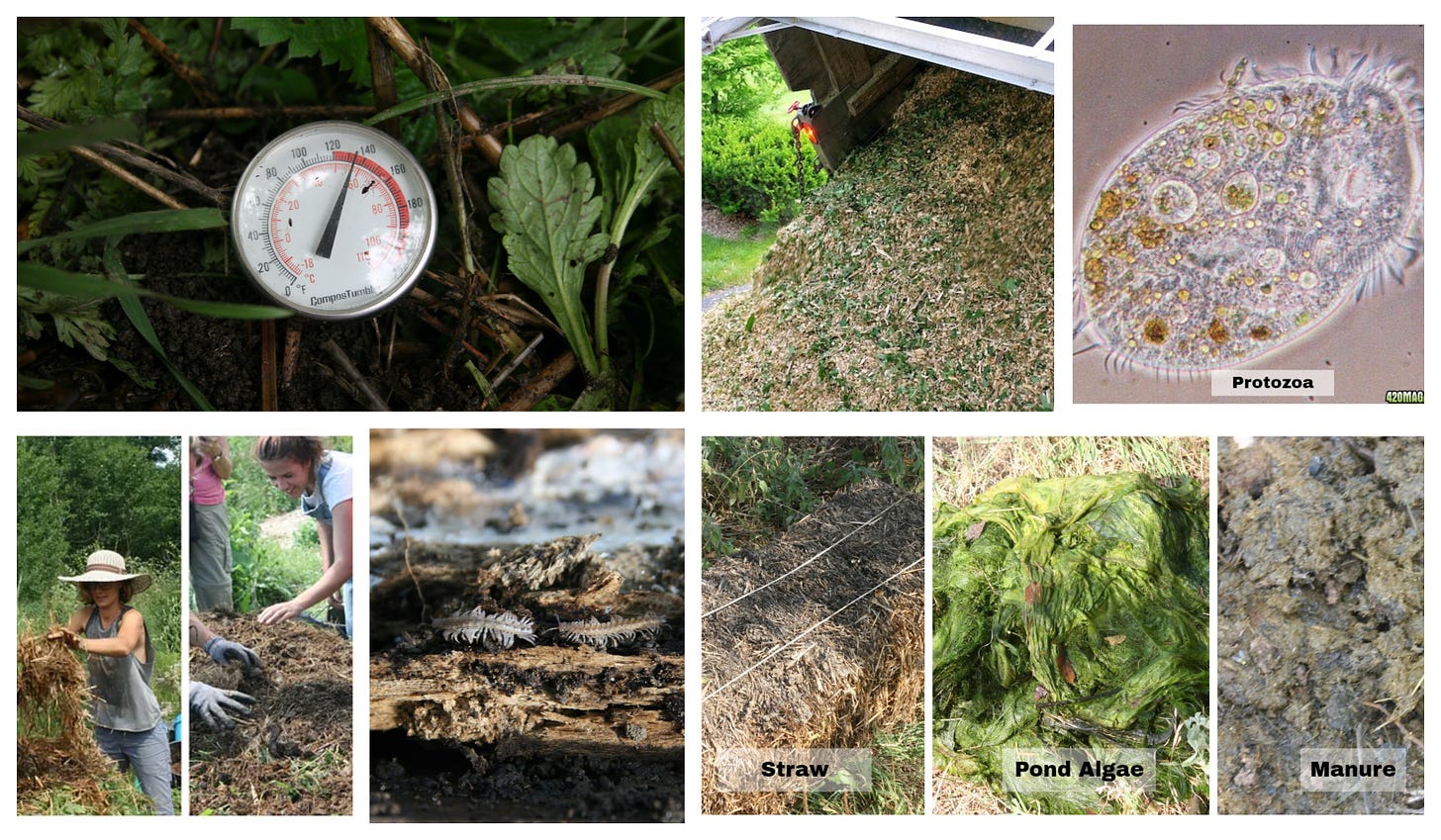
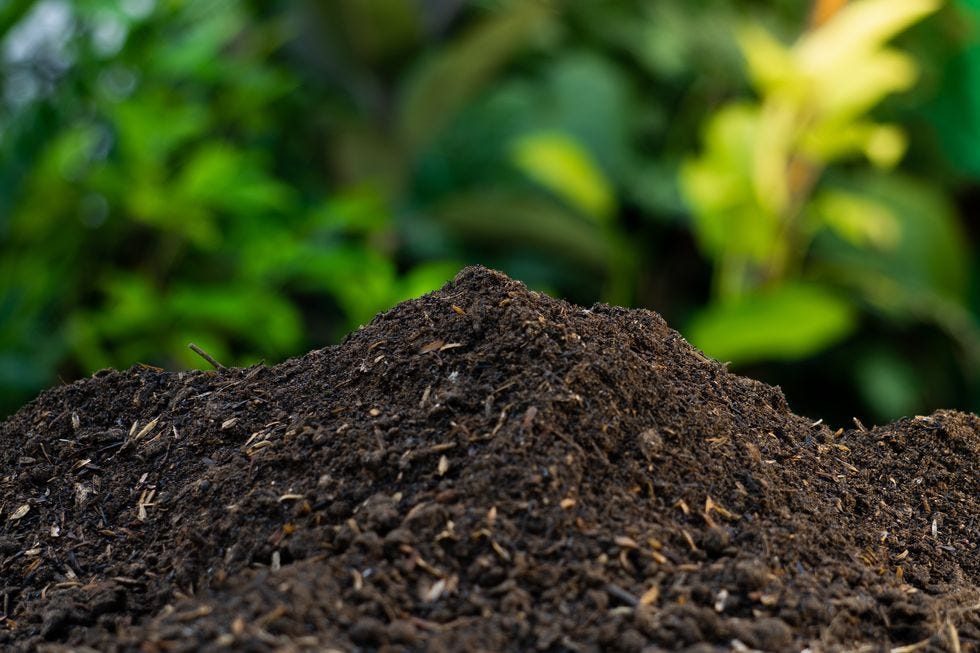
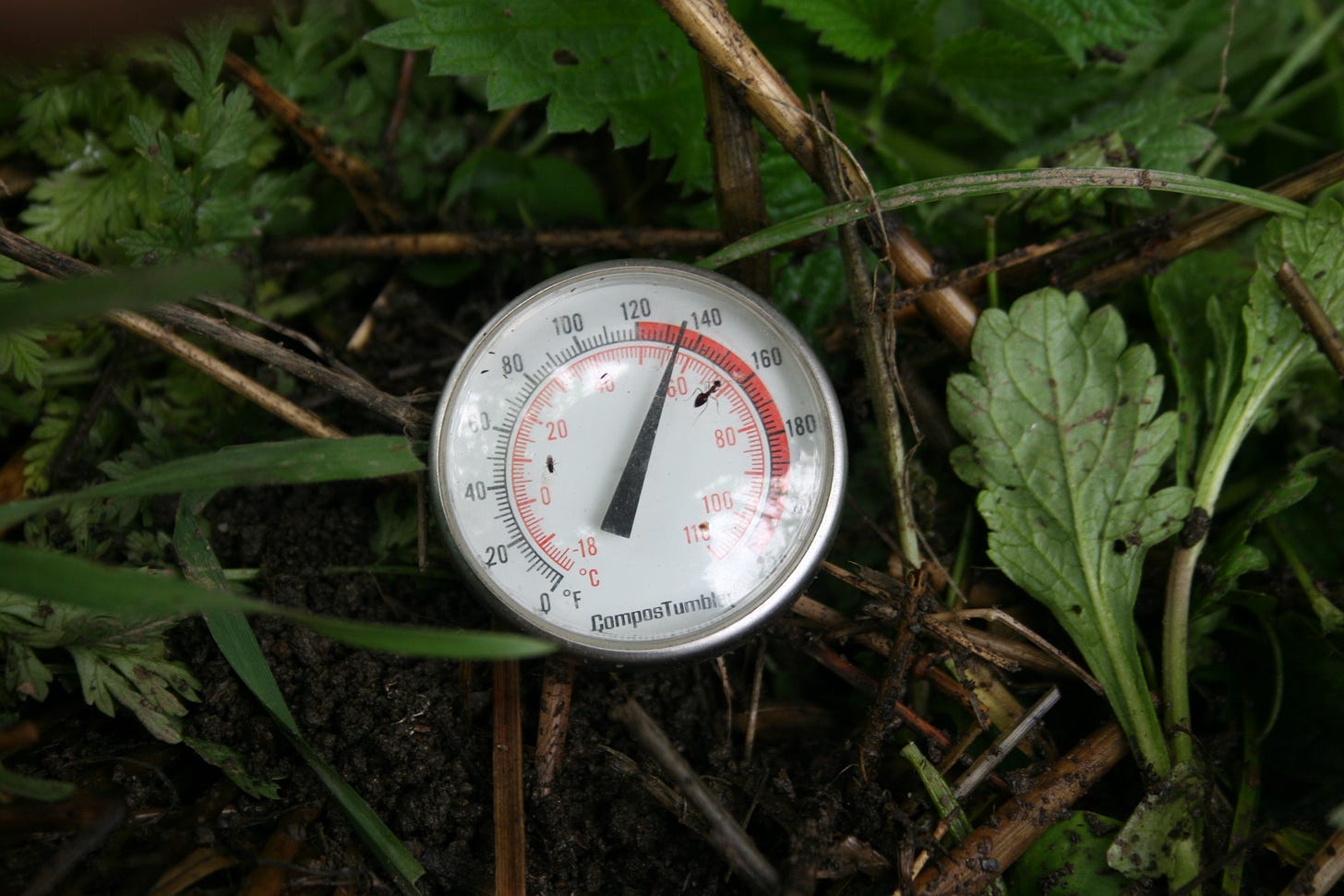
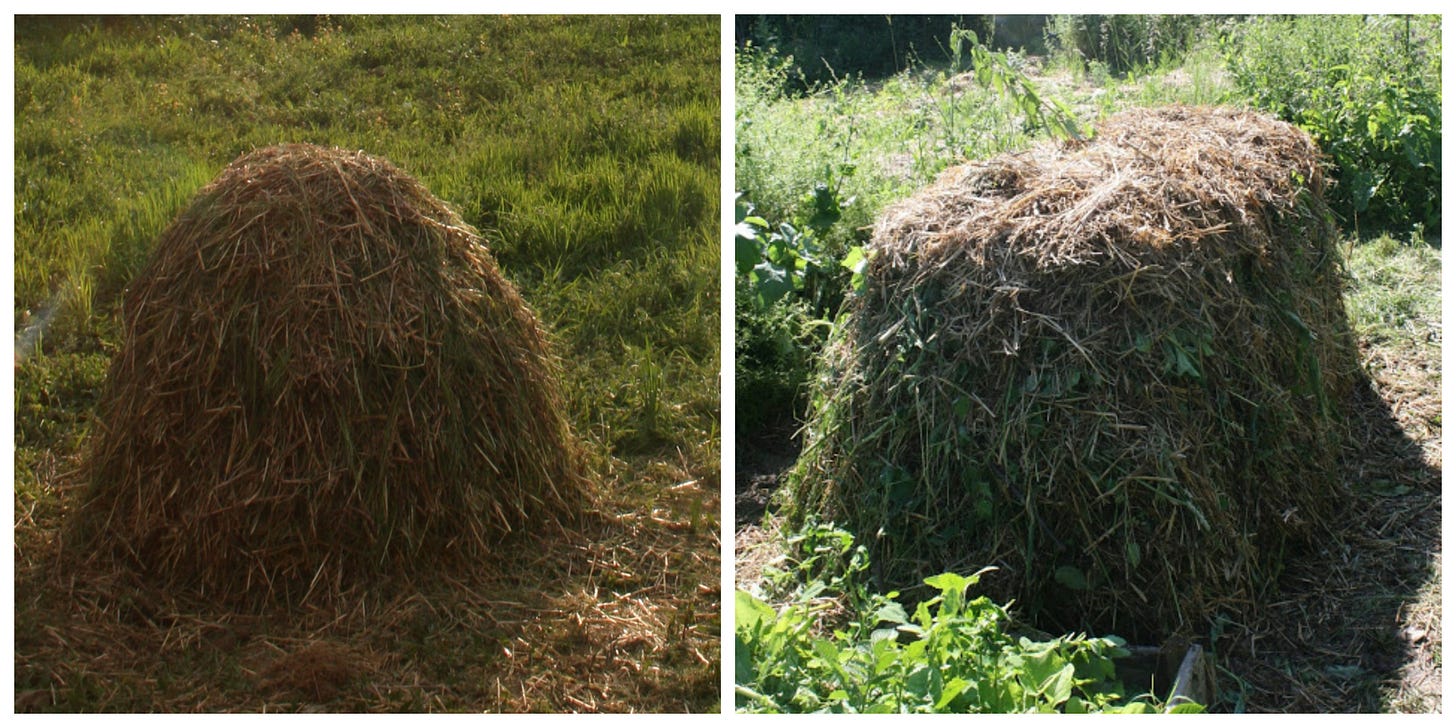







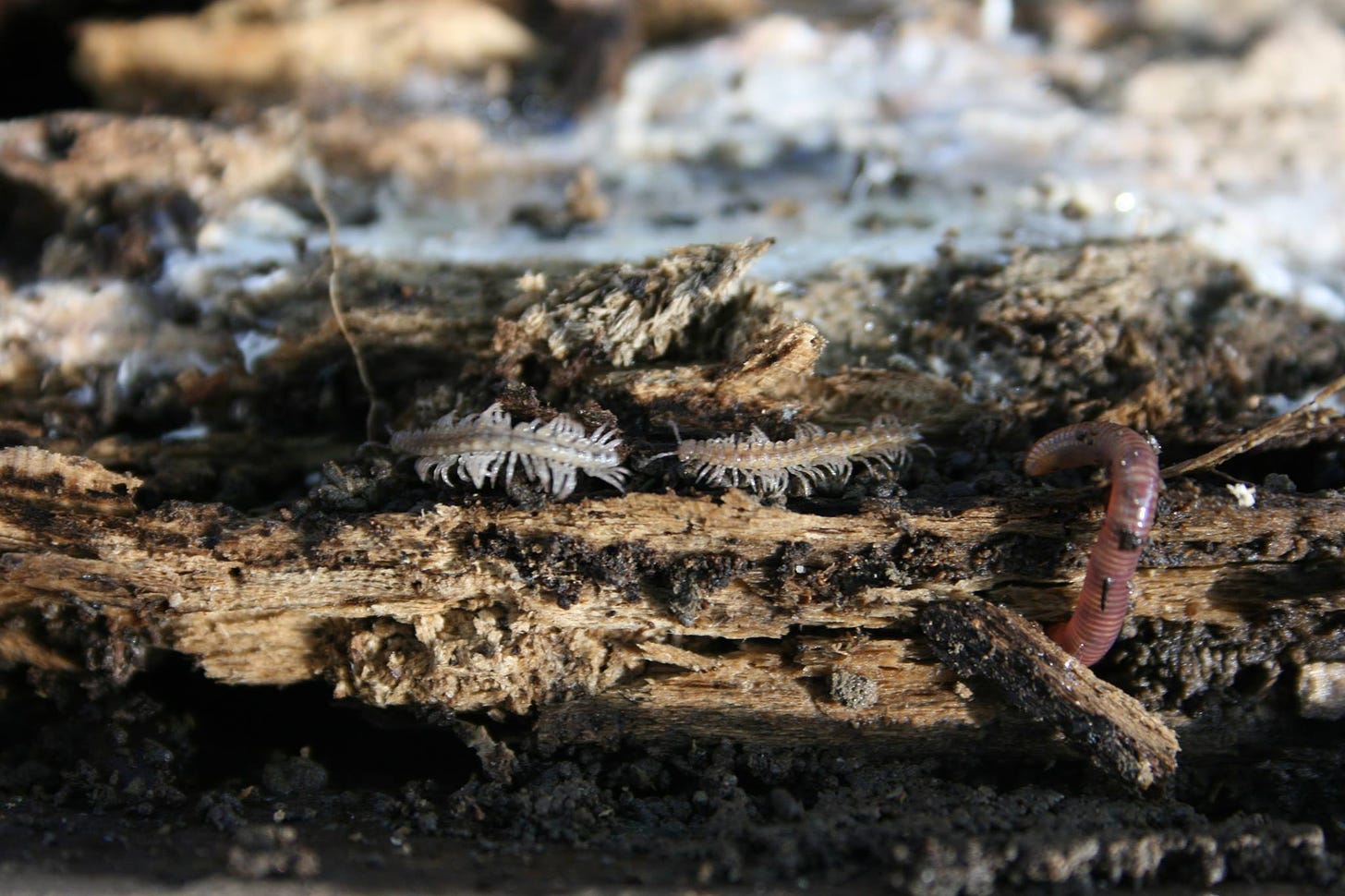



No comments:
Post a Comment